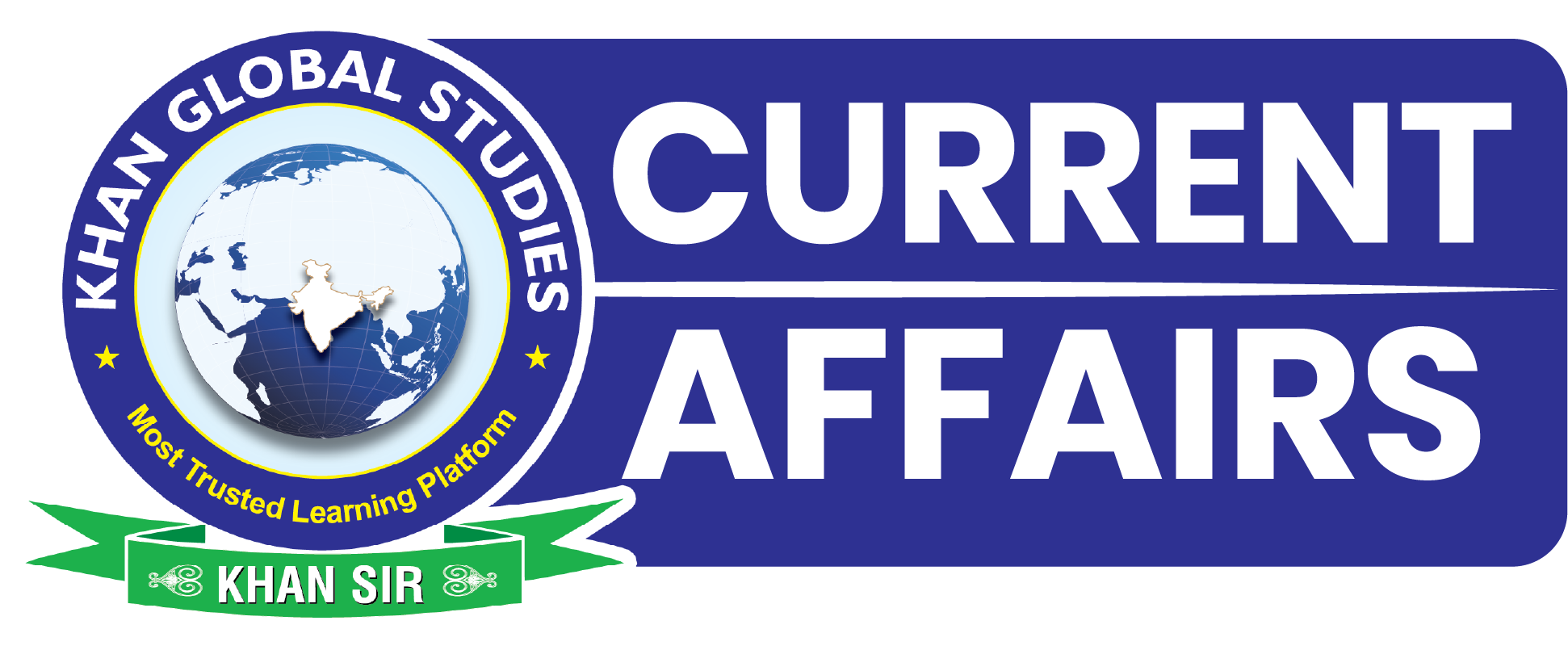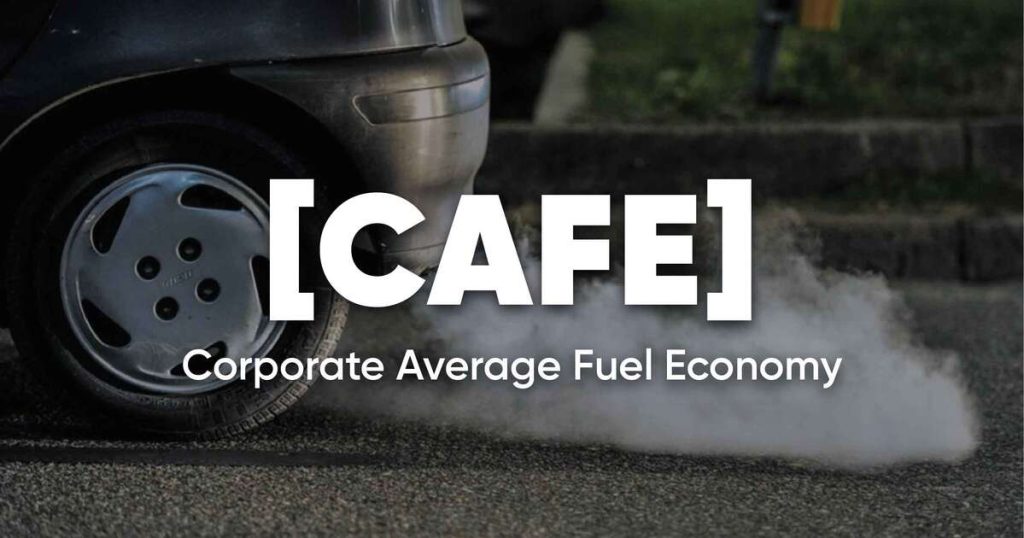SYLLABUS
GS-3: Conservation, environmental pollution and degradation; Technology- Developments and their Applications and Effects in Everyday Life.
Context:
Recently, the Bureau of Energy Efficiency (BEE) unveiled a draft of the third phase of the Corporate Average Fuel Efficiency (CAFE) norms, proposing a substantial overhaul of the country’s fuel efficiency and carbon emission regulations for passenger vehicles.
More on the News
- The CAFE 3 norms proposed to address a long-standing demand by some carmakers in the country, that is to offer emissions relaxation to small, light-weight cars, a metric that is already followed in some countries globally.
- The draft applies to M1 category vehicles, which are passenger cars with a seating capacity of nine people including the driver, and weighing up to 3,500 kg.
What are CAFE Norms?
- These norms refer to fuel economy standards implemented by the government to reduce fuel consumption and CO2 emissions, thereby contributing to energy conservation and environmental protection.
- The primary goal of CAFE norms is to incentivise automakers to produce and sell more fuel-efficient vehicles.
- BEE introduced the CAFE norms in 2017 under the Energy Conservation Act, 2001, as part of India’s efforts to curb fossil fuel dependence and air pollution from road transport.
- These norms apply to vehicles running on petrol, diesel, liquefied petroleum gas (LPG), compressed natural gas (CNG), hybrid, and electric passenger vehicles (EVs) with gross weight less than 3500 kg.
- Instead of setting limits for individual cars, CAFE norms set an average limit for all passenger vehicles sold by any original equipment manufacturer (OEM) in a fiscal year.
Evolution of CAFE norms:
- The first phase, implemented in 2017–18, capped average fuel consumption at 5.5 litres/100 km and CO2 emissions at <130 gm CO2/km.
- The second phase, in force since 2022–23, tightened this to 4.78 litres/100 km and <113 gm CO2/km.
Draft CAFE 3 Norms
- The proposed CAFE 3 norms further ramp up ambition over the five-year period from FY28 to FY32, tightening fleet-wide fuel consumption limits to 3.72–3.01 litres/100 km, with average CO₂ emissions capped below 91.7 g/km.
- Small Cars: The draft allows additional concessions for cars with an unladen mass up to 909 kg, engine capacity not exceeding 1,200 cc, and length under 4,000 mm. These vehicles can claim an extra reduction of 3.0 gm CO2/km, capped at 9.0 gm/km in any reporting period.
Super Credits:
- Super credits are a regulatory mechanism where low- or zero-emission vehicles are counted multiple times toward an automaker’s fleet average, effectively giving extra credit for producing environmentally friendly vehicles to encourage their adoption.
- Battery electric vehicles (EVs) and range-extender hybrids will be counted three times, plug-in hybrids 2.5 times, and strong hybrids twice. Flex-fuel vehicles, running on ethanol blends, receive a multiplier of 1.5.
Carbon Neutrality Factor (CNF):
- CNF is a new metric which provides further emissions relaxation based on the type of fuel used.
- Petrol vehicles running on E20 to E30 blends will get an 8% reduction in their tailpipe CO2 figures.
- Flex-fuel and strong hybrid vehicles will get a 22.3% deduction, while CNG vehicles will be eligible for a 5% CNF, or higher, based on the share of compressed biogas in the fuel mix.
Emission Pooling:
- It allows a company with a less efficient fleet to balance its emissions by combining with one that sells cleaner vehicles, effectively averaging out its overall emissions.
- Under the draft, up to three manufacturers can form a pool and be treated as a single entity for compliance purposes.
Concerns
- Carbon Neutrality Factor and Hydrogen Technology: The omission of hydrogen under the Carbon Neutrality Factor has raised concerns about its future in the passenger vehicle segment and could undermine India’s broader hydrogen mission.
- Limited Relief for Small Cars: The relaxation for small cars is significant, but capping it at 9.0 gm/km in any reporting period offers only limited relief.
- Emission Pooling Concerns: Critics argue that emission pooling could let polluting firms sidestep penalties without making real technological progress.
- Increased cost to Consumers: Stricter norms may raise production costs (e.g., for hybrids/EVs), potentially increasing vehicle prices and affecting affordability.
Way Forward
- Clear Implementation Roadmap: Establish a definitive timeline with phased targets to allow automotive manufacturers to plan and adapt technologies progressively, reducing the challenges of year-on-year adjustments.
- Continuous Monitoring and Stakeholder Engagement: Maintain ongoing dialogue with industry stakeholders to address compliance challenges, ensure consumer acceptance, and adapt policies with evolving technologies and markets.
- Promote Clean and Alternative Technologies: Encourage wider adoption of EVs, hybrids, and alternative fuels through super credits, pooling, and other incentives to meet emissions goals sustainably.
- Balanced Regulation: Avoid overdependence on super credits or pooling that could mask actual emissions and weaken real technological improvements.
- Inclusion of Hydrogen Technology: Explicitly integrate hydrogen under CNF to align CAFE norms with India’s National Hydrogen Mission.

